Table of contents
Learn all about white Umbanda!
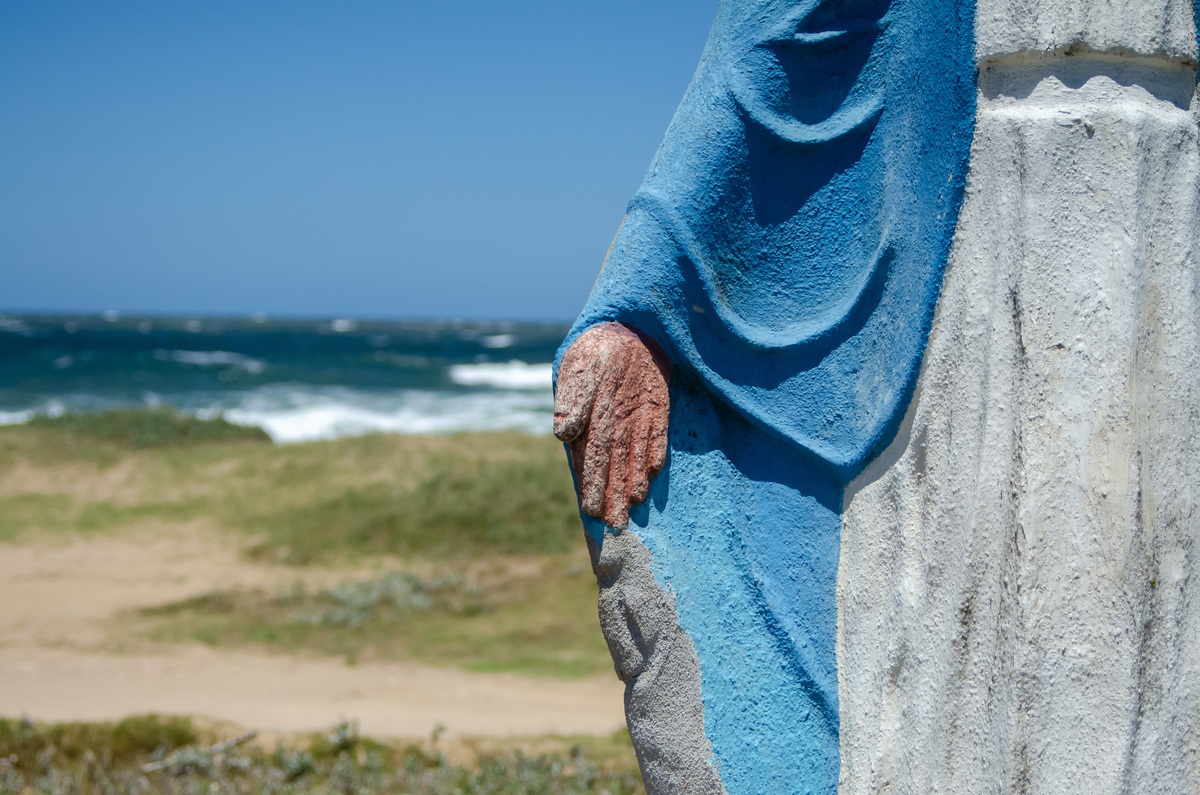
Do you know all the particularities surrounding white Umbanda or pure Umbanda? The Astral Dream brings all the information about this traditional branch founded by Caboclo das Sete Encruzilhadas, Pai Antônio and Orixá Malê, through the medium Zélio Fernandino de Morais, between the years 1891 and 1975.
This is the main root that branched off other branches of the religion, being the first and most traditional Umbanda, which began in 1908, in the state of Rio de Janeiro, by the Tenda Espírita Nossa Senhora da Piedade.
Below, learn what it is, how it works, what are the similarities and other lines of umbanda, which gave fruit to other diverse religious manifestations, such as umbanda branca!
Understanding white Umbanda
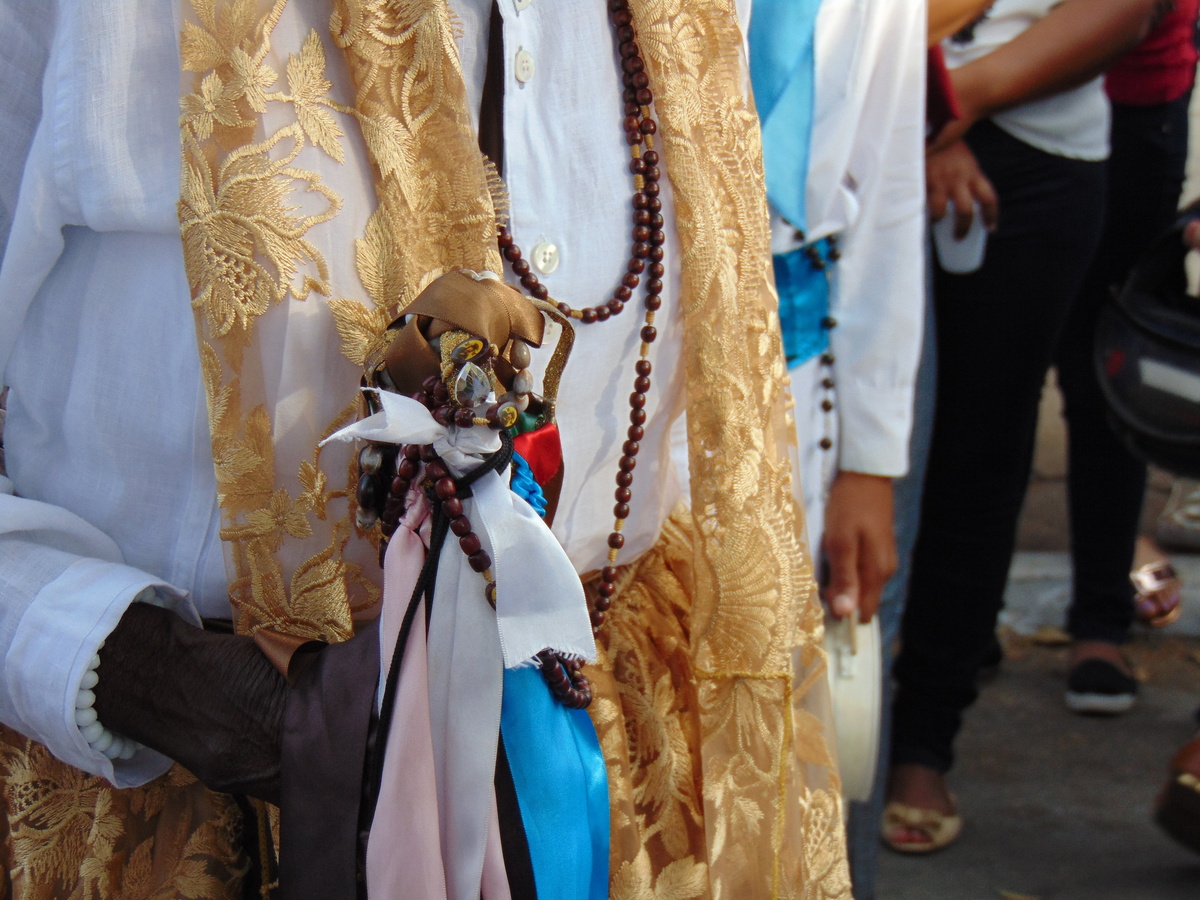
If you are wondering what is the white Umbanda, the Astral Dream explains it to you in a simple and practical way. The white Umbanda is nothing more than a manifestation that originated the religion. It is known as the most traditional and pure manifestation of Umbanda. It can also be known as pure Umbanda.
This belief started in the metropolitan city of Rio de Janeiro, São Gonçalo, more precisely in the Tenda Espírita Nossa Senhora da Piedade. Before we go to its aspects, see some curiosities about it:
- Sounds: In white Umbanda, one does not use atabaques and drums to manifest oneself through sounds.
- Clothing: members of this belief only wear white clothing - there are no accessories such as necklaces and headdresses, originating from traditional Umbanda.
- Exu: in white Umbanda, Exu is the guardian of the terreiro.
- Smoking and Alcohol: There is no use of cigarettes, cigars or alcoholic beverages.
- Bindings and rituals with the intention of evil: in white Umbanda, we do not make any animal sacrifice, bindings or work of a harmful nature to anyone.
Now that you know these details, you can start reading in depth the characteristics of this religion. Follow!
What is Umbanda?
Umbanda itself is a religion that has several lines, ranging from white Umbanda to traditional Umbanda. This belief is Brazilian, but there are African, Christian and indigenous influences. The religion began to manifest itself in southern Brazil, through the linking of other movements (Candomblé, Spiritism and Catholicism).
Umbanda worships orixás, who believe that spirits and entities work for a common good, in addition to traditional beliefs passed down from generation to generation. Therefore, spirituality is the main pillar of this religion, which has November 15 as the date of its emergence, becoming official in Brazil only on May 18, 2012.
The word "umbanda" or "embanda" represents magic and the art of healing, and comes from the Kimbunda language of Angola - an African country. The first African manifestations of the religion in Brazil occurred in the seventeenth century, through the slaves, who would hold rodas de batuques in the senzalas, to play atabaque and dance.
The lines of Umbanda
Umbanda religion has 7 lines. It is as if there were threads that are part of its structure. Each line has a defined purpose, driven with a vibration that involves the life of all human and spiritual beings.
See what each line of Umbanda means:
- Religious Line (Oxalá) - represents the reflection of the divine (God), spirituality and faith;
- Water People's Line (Iemanjá) - brings the power of the sea;
- Line of Justice (Xangô and Saint Jerônimo) - relates justice and reason;
- Line of Demands (Ogum) - protector of warriors, stimulating order and balance;
- Caboclos Line (Oxóssi and São Sebastião) - explores knowledge, doctrine and catechesis;
- Children's Line (Iori: Cosme and Damian) - symbolizes children of all races;
- Line of the Pretos-Velhos or of the Souls (Yorimá and São Benedito) - primate spirits that fought evil.
The Umbanda lines are represented by Orixás who have a mission in the universe, either to help, guide, advise or do work that impacts an individual, negatively or positively.
Origin and history of white Umbanda
White Umbanda originated from the elitist Macumba group of Rio de Janeiro, created by Zélio Fernandino de Morais, an important Brazilian medium. In the beginning, the central idea was to get rid of old precepts and concepts that originated Umbanda.
The main foundation of this branch are the pretos-velhos, caboclos and children, linked to the spiritualist theories of Allan Kardec. For many, white Umbanda represents the beginning of the branches of the religion, reforming the Macumba rituals persuaded by Kardecist Spiritualism.
How does it work?
According to its concepts, white Umbanda works differently from traditional Umbanda: the religion does not use sacrifices, rituals and moorings for evil.
Among the definitions of white Umbanda, we can highlight the absence of the atabaque, smoking, drinks, accessories used by the mediums, financial charges and work focused on negativity.
In addition, we can highlight that white Umbanda emerged through communities with good purchasing power and this considerably influences its faithful. However, over the years, this religion has gained new adherents and, today, it has a diverse audience.
White Umbanda Entities
The white Umbanda, as well as the traditional one, also has spiritual entities in the performance of the works, advice and help. In this branch, the spirits are the same: one can notice the presence of pretos-velhos, caboclos and children.
In addition, the entities of white Umbanda are: Oxalá, Oxum, Oxóssi, Xangô, Ogum, Obaluaiê, Yemanjá, Oyá, Oxumaré, Obá, Egunitá, Yansã, Nanã and Omolu.
Similarities between white and traditional Umbanda
The pure version of Umbanda presents more differences than similarities in its attributes, but it is worth mentioning some points in common between the two religious manifestations.
In this way, the main similarities are the spirituality as central point (advice and works), the use of white clothes in the meetings and the entities (in both, the spirits are the same).
Differences of white Umbanda
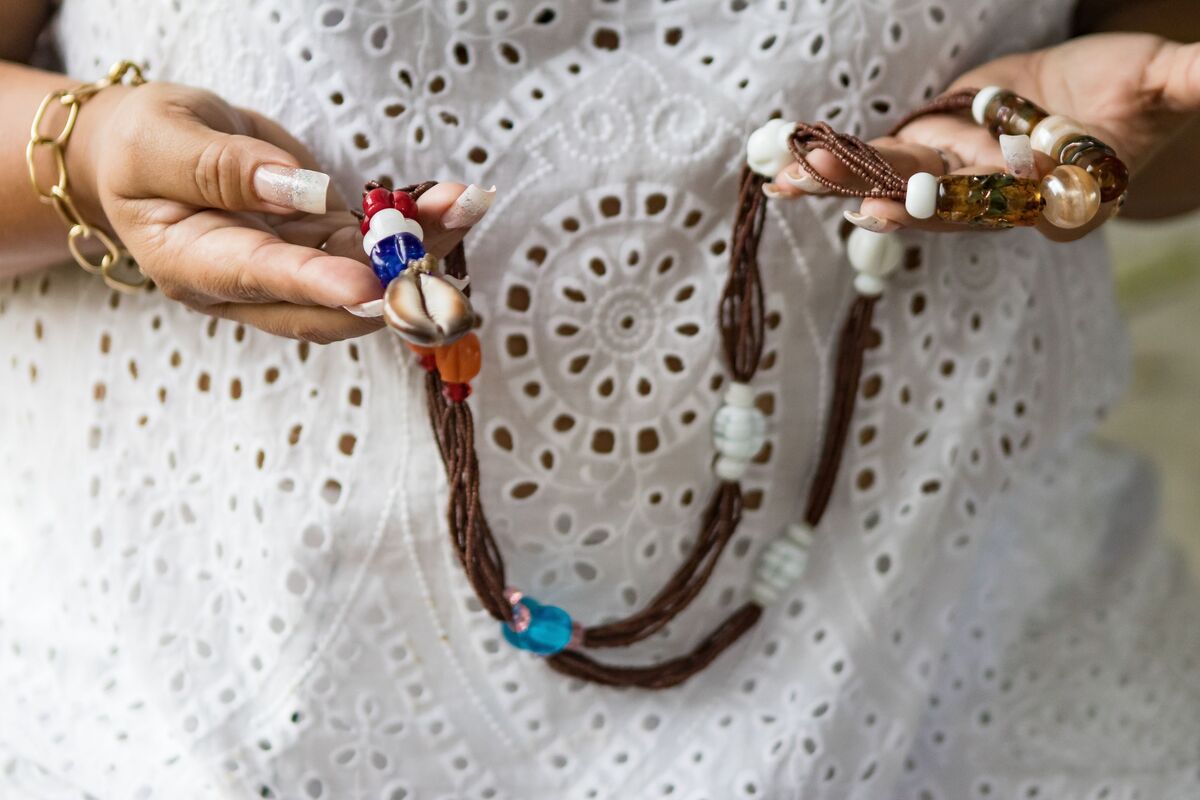
White Umbanda is a division of Umbanda, being a milder version of the belief. The main differences between the two are the ways and customs that differ. In the pure version, the religion is a tool to do social projects, help people, give advice and assist in maintaining the spirituality of individuals.
Besides this focal point, in white Umbanda, the role of Exu is reinterpreted and one does not play atabaque, does not wear necklaces, does not ask for money, there are no sacrificial, no use of drinks and alcohol and includes many other reinvented customs. Check out the differences below!
Doesn't use atabaque
The sounds, drumbeats and dances are the most popular among Umbanda, being one of the first perceptions we have when speaking of this belief. However, in White Umbanda, this manifestation does not occur in this way.
Mediums, spiritists and any other members do not usually use music as an expression of faith within the terreiros and meeting centers.
Absence of apparatus used by mediums
If you know those accessories that are common in Umbanda, such as necklaces and large and showy headdresses, you should know that there is an absence of these apparatuses used by mediums in the traditional branch. In pure Umbanda, the faithful do not use these gadgets to complete their clothing.
In fact, what is used are only white clothes, not colorful and flashy fabrics, as in the original Umbanda.
They do not do work with smoking or drinking
When going to an Umbanda meeting, you have certainly come across entities consuming alcoholic beverages and smoking cigars or cigarettes. Well, in White Umbanda, this is not seen. In fact, any consumption of alcohol within the terreiro is totally forbidden.
Exu's role is different
In the white lineage of Umbanda, the role of Exu is different. One of the most popular and main Orixás of this religion, in its pure version, is only the guardian of the terreiro. Some people still believe that Exu is only a being more evolved than human beings.
On the other hand, in the traditional version of the belief, Exu is a figure that can be incorporated by mediums.
No financial charges
You must have seen those posters scattered around town with the following phrase: "I'll bring the person back in 24 hours". Well then, this definitely involves money, so that a medium does this work for you, following some precepts of Umbanda.
In pure Umbanda, this does not happen, because, in this branch, no spiritual work is charged. Monetary charging is extremely forbidden in any situation.
Absence of negative work
If you worship moorings or negative works, white Umbanda is not the ideal place to do this, because this line is not adept at these practices, which cause and impact negatively on the life of an animal or person.
For this religion, spirituality is explored to bring benefits in people's lives, without causing any harm to an individual. That is, in these spaces, actions will be directed towards the good of individuals.
Calmer and more spiritual side
We can classify white Umbanda as a milder version of traditional Umbanda, being a purer alternative of the religion, indicated for those who seek the medium spirituality as a support of faith.
Therefore, the spiritual factor is the key point for the activities performed inside and outside the terreiros. The spirits perform works, give advice and suggest paths for those who seek an answer, a solution or help through faith.
Social and volunteer work
One of the most admirable points of white Umbanda is the question of investment in social and voluntary work. Many members who attend the meetings donate food, clothes, shoes, lunch boxes and other utensils to those most in need.
In addition, mediums use the power of spirituality to help people, whether with advice, warnings or simply calming the hearts of those in need.
Other Umbanda lines
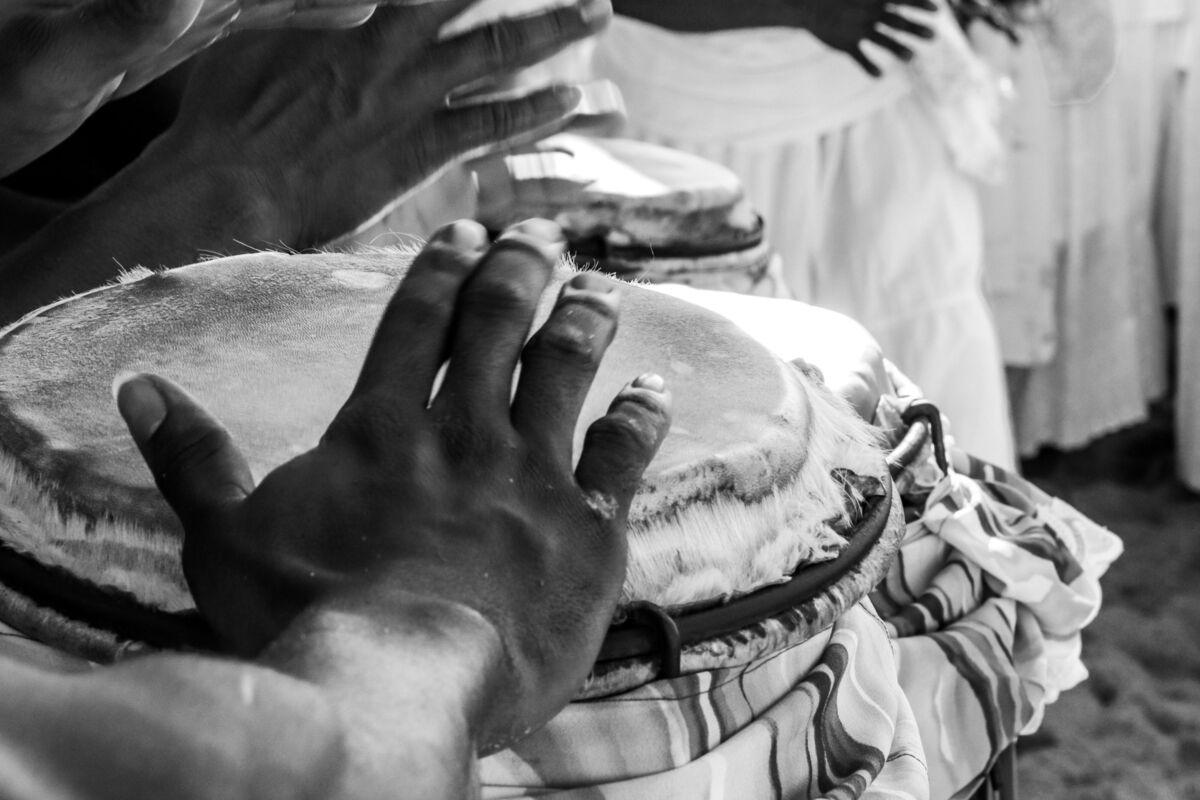
In addition to pure Umbanda, this traditional religion has other lines of behavior and manifestations, which form branches that have developed from the faith and spirituality of this religion.
Below, see more details of these other strands, which are Umbanda mirim, Umbanda popular, Umbanda omolocô, Umbanda souls and Angola and Umbanda Banda!
Umbanda Mirim
Through the medium Benjamin Gonçalves Figueiredo (12/26/1902 - 12/3/1986), with the spiritual help of Caboclo Mirim, Mirim Umbanda had its origin in Rio de Janeiro, inside the Mirim Spiritist Tent.
This branch can also be identified as Umbanda de Cáritas, Escola da Vida, Aumbandã, Umbanda Branca or Umbanda de Mesa Branca.
In it, it is not usual to have cults related to Catholic saints. Besides, there is also another difference between it and traditional Umbanda: the Orixás were reinterpreted in a different vision of the African matrix.
Popular Umbanda
Popular Umbanda, Umbanda cruzada and Umbanda mística are the names given to the same old belief, originating from the old Macumbas houses. In this branch, there is a greater openness and flexibility to trends and novelties.
There is no rule or doctrine in its precepts, but some ways of traditional Umbanda are maintained, such as the cultivation of Catholic saints and Orixás. In popular Umbanda, there is a mixture of cultures, which results in the practice of preparing purification baths, use of crystals and incense, prayers, blessings and sympathies.
Umbanda omolocô
The omolocô or umbanda omolocô is a Brazilian religion, created from the influence of Africanist, spiritualist and Amerindian elements. It arose during the slavery period in the country and has as its principle to worship the orixás with their songs in Yoruba.
In this way, the preto-velho and caboclo act as charities to attend to the faithful who frequent the omolocô spaces.
Umbanda souls and Angola
The branch called Umbanda Almas and Angola is a religious manifestation practiced mainly in Santa Catarina. It has centers, houses and terreiros for spiritual practice, meetings and works.
The emergence of Almas and Angola in the state is the result of the initiative of the mother of saint Guilhermina Barcelos, better known as Mother Ida. She brought in her luggage from Rio de Janeiro the customs and cultures of the religion, and presented it in SC. From then on, this branch gained body and new adepts.
Umbandomblé
Umbanda is a branch of Umbanda, also known as Traced Umbanda. The manifestation is the result of a mixture of Umbanda from old houses of Candomblé de Caboclo.
In this combination, the mães de santo can celebrate the giras, both of candomblé and umbanda, but it is necessary to respect different days and times for these practices.
White Umbanda is a line of traditional Umbanda!
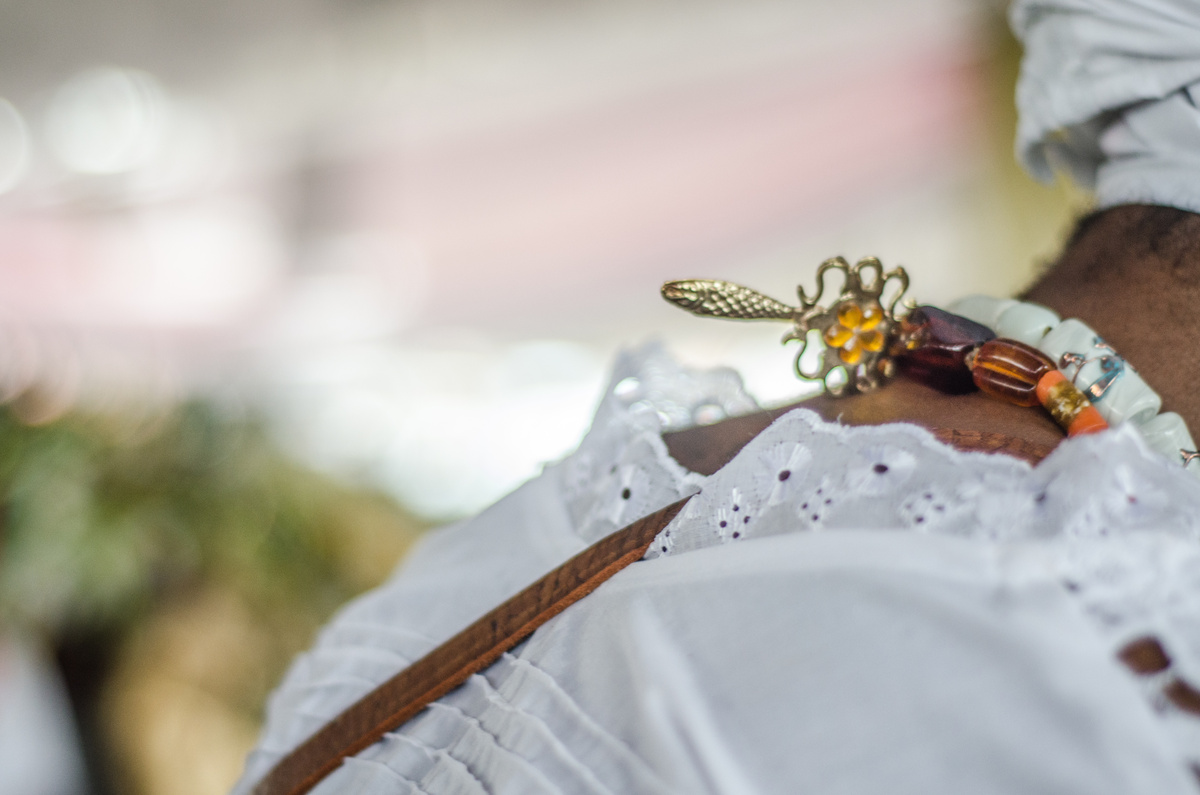
With all the information we have displayed in this article, one can affirm that white Umbanda is a religious manifestation that resembles traditional Umbanda, which was created many years ago in the state of Rio de Janeiro. It operates by highlighting the customs, intentions, faith and culture.
The traditional Umbanda that we see today is a differentiated expression, both in the intentional precepts and in the way of dressing, acting, thinking and expressing oneself. Therefore, it is correct to state that white Umbanda is a line of the traditional: both are religions of similar origin, but with different ramifications, characteristics and purposes.
Within Umbanda, there are several options of cultures, customs and religions that you can follow, as mentioned in this article. Therefore, look for what makes you feel good and comfortable, meeting with your ideals and principles!

